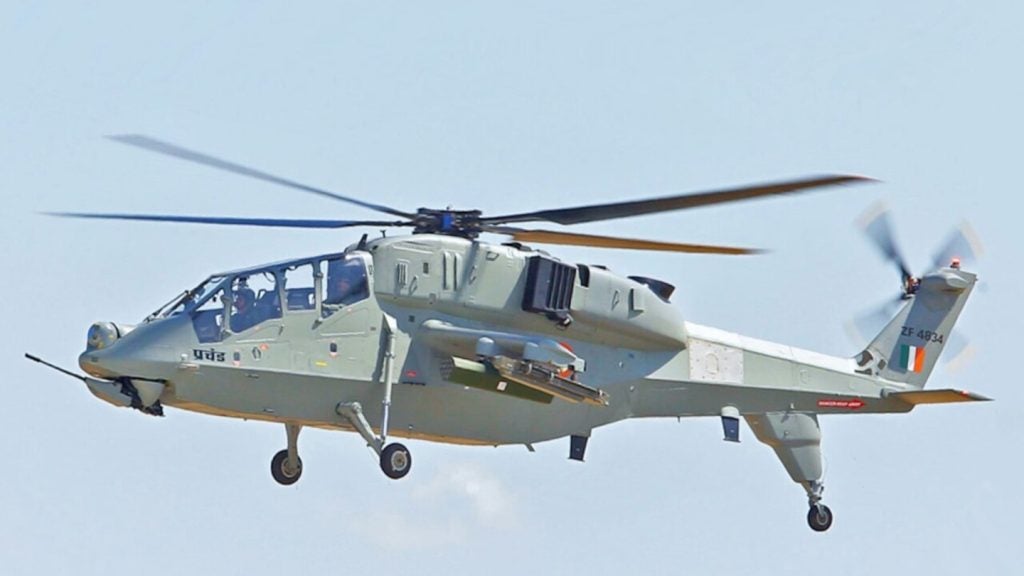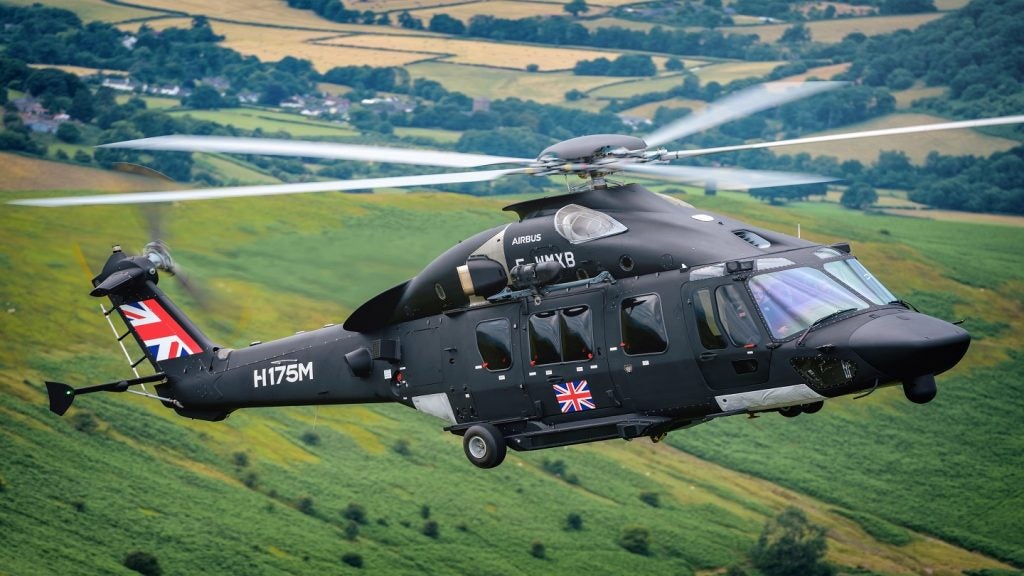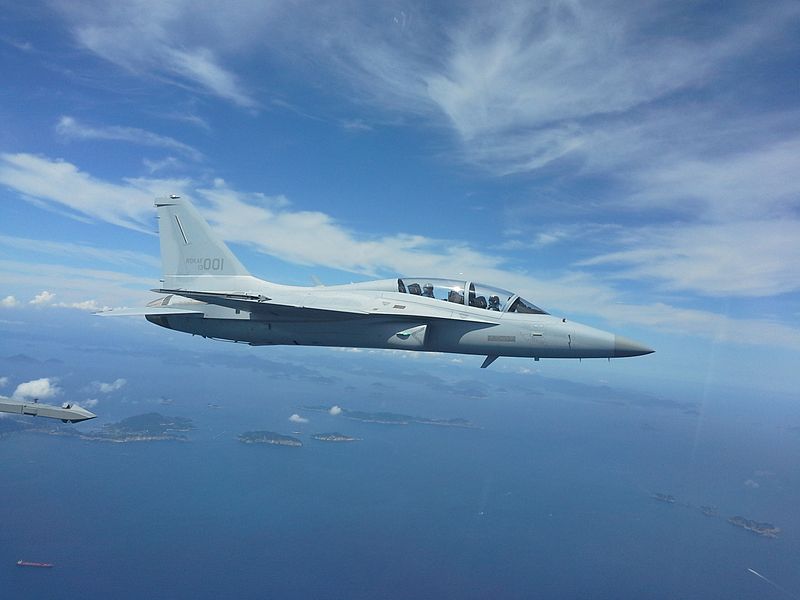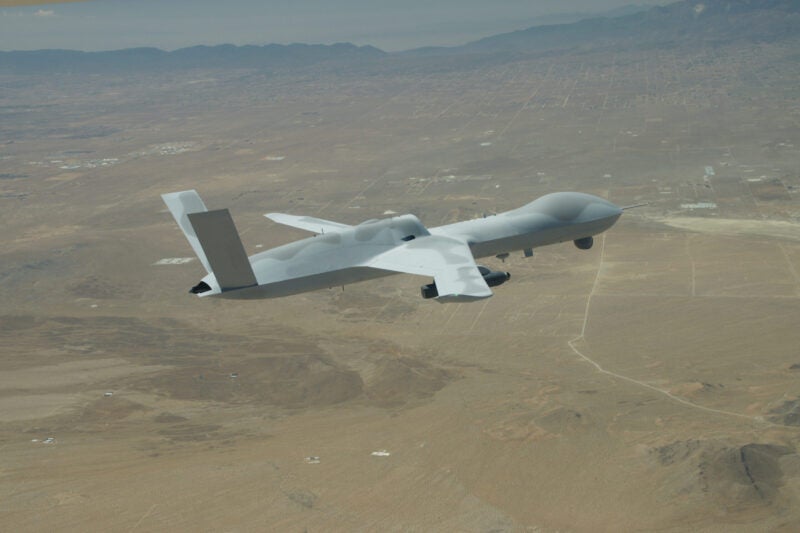
Crewed-Uncrewed Teaming, previously known as Manned-Unmanned Teaming (MUM-T), will cause a global surge in armed forces induction of military uncrewed aerial vehicles (UAVs), with the market forecasted to reach $12bn in 2032 at a compound annual growth rate (CAGR) of 3.12% over the next ten years, according to GlobalData.
“The MUM-T system aims to develop a synchronised fleet of UAVs to support manned aircrafts, enabling rapid and better-informed decision making,” said Rithik Rao, aerospace and defence associate analyst at GlobalData.
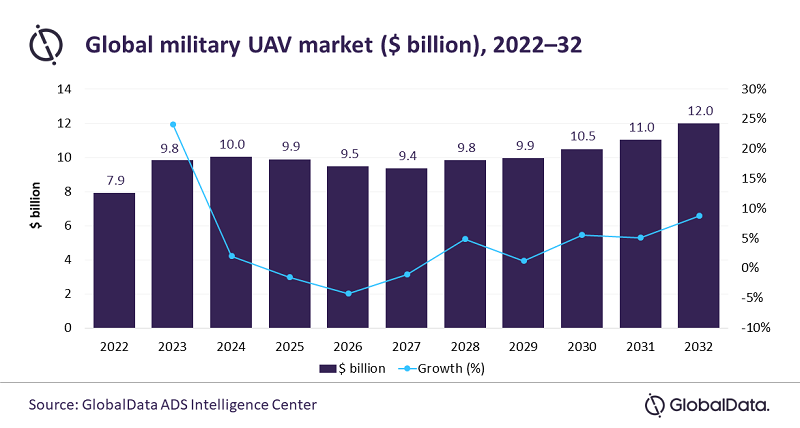
To date, the increase in UAVs has come with the greater recognition of UAVs as a cost-effective platform alternative for military operations, utilised in search and rescue operations, intelligence, surveillance and reconnaissance (ISR) missions, and for tactical air support. Advancements in battery technology and performance, such as range and autonomy, have expanded the interest in the use of UAVs in military operations.
Further interest in these systems has grown with significant advancements made in mission endurance and payload capabilities. “Current efforts are mainly focused on the integration of advanced technologies such as artificial intelligence (AI) to enable higher levels of autonomy in UAV operations,” said Rao.
Developments in types of payloads, or sensors and weapons, have complimented the general direction of what, where and how UAVs are involved in both surveillance and combat operations for the armed forces.
But the key driver for demand in the coming decade will be from the utilisation of crewed-uncrewed teaming systems to redefine combat operation, as detailed in GlobalData’s latest report, ‘Global Military UAV Market 2022–2032’.
Open autonomy architecture enables compatibility with a variety of platforms
Crewed-uncrewed teaming multi-platform operations enable a synchronised effort with operational information shared “efficiently and seamlessly” across multiple payloads through the establishment of advanced data link systems, said Rao.
On 6 September Boeing demonstrated a new open autonomy architecture with the MQ-25 UAV that will allow the US Navy to increase mission effectiveness by integrating crewed-uncrewed teaming capabilities at speed and scale. The non-proprietary architecture, based on the government-owned Open Mission System specification, allows other aircraft to use MQ-25’s architecture and task it to conduct tanking and ISR missions without traditional communications with the ship-based ground control station.
“Large swaths of ocean could be surveilled, identified and targeted when MQ-25 is teamed with carrier-based assets such as the E-2D or the land-based P-8A patrol aircraft,” said Don Gaddis, director of MQ-25 Advanced Design.
BAE Systems developed its own open architecture with underlying crewed-uncrewed teaming algorithms, and in March this year demonstrated its decentralised autonomous decision-making at the tactical edge during a flight test at Department of Defense test flight range. The architecture is designed to be adaptable for new missions and the incorporation of future technology.
Ehtisham Siddiqui, vice president and general manager of controls and avionics solutions at BAE Systems, said that the demonstration showed the company’s “commitment to accelerate the deployment of reliable and innovative manned-unmanned teaming solutions for mission success.”
Current development of crewed-uncrewed systems
There are numerous other examples of crewed-uncrewed teaming programmes being developed across the world, with the Indo-Pacific being the origin for Australia’s MQ-28 Ghost Bat programme, India’s CATS Warrior, and Japan’s MUM-T System. Elsewhere, the Future Combat Air System programme uncrewed combat aircraft vehicle UCAV is being produced by Germany and France, and the US is developing the Skyborg programme. “The MUM-T system is quite a niche technology, with a few countries investing in its R&D,” said Rao.
“Large force testing of autonomous unmanned-unmanned teaming is the natural evolution to fielding warfighter capability for the future fight,” said US Air Force Brig Gen Matthew Higer, after last October’s multi-hour test flight of the Skyborg programme, when two MQ-20s flew autonomously within specified geo-fences and maintained flight envelopes while communicating with each other to maintain coordinated flight.
The development crewed-uncrewed teaming programmes for these UAVs can be rapid, with the Ghost Bat programme moving from ideation to first flight within three years, according to its manufacture, Boeing, while the US brought onboard contractors for Skyborg in September of 2020 and began test flights a year later.
“With increasing considerations of the costs of militaries and defence spending,” continued Rao, “and countries seeking to gain efficiencies in the military while trying to ensure security, unmanned vehicles offer a cost-effective alternative.
“As the adoption of UAVs will expand with time, it is only natural that investments into MUM-T increase in the future as the technology matures and the strategic and tactical value of these assets increase.”




